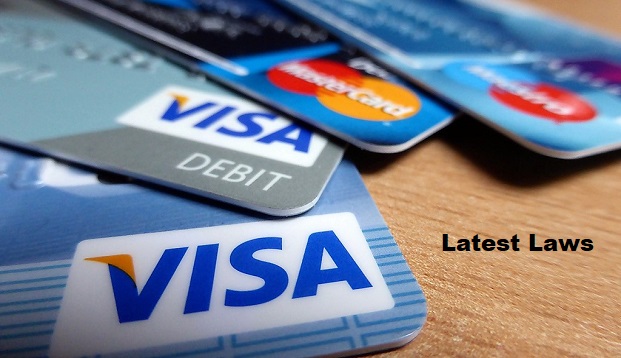Februaru 7,2018:
Over the last few years, our financial lives have moved online. From our banks, to mutual funds, insurance policies, shopping and many other things have become matter of credit and debit card swipes. But at the same time, criminals have mastered the art of exploiting vulnerabilities with frightening ease.1. Jackpotting Recently, several 'Jackpotting' cases, wherein ATM machines spit out cash, were reported in the US. In India too, debit/credit cards-related frauds have alarmingly increased over the past year. According to cybercell statistics, cybercrime-related complaints saw a rise of 350% from 2013 and by over 44% from 2016. Last year, Indian banks such as HDFC Bank, ICICI Bank, Yes Bank, Axis Bank and SBI were targets of the biggest financial data breach of the country—as many as 3.2 million debit cards were hacked.
2. Skimming One of the most common way is ATM skimming. Here a counterfeit reader is fitted into ATM machine that reads and stores all the information given on the magnetic strip on the card. This information is later used by hackers for stealing money.
3. Fake keyboards Skimming is not the only way criminals steal money from your ATM cards. Fake keypads is another tool used to record PIN inputs. Criminals install fake keypad over on the actual keypad to steal the PIN. Capturing people's PINs through a false keypad is known as a 'pin-pad overlay'. icon.
4. Hidden cameras Another common way that criminals use to steal your money is by installing hidden cameras near ATM machines. These spy cameras are strategically fitted in a way to read your card PIN number. Since they are quite small in size, so are usually fitted near the keypad.
5. Card trapping This is a barb that retains the card when you insert it in the machine and the card is retrieved later. icon
6. Pharming In this technique, fraudsters take users to a fake website that seems similar to the original. So as you transact and pay via credit or debit cards, the card details are stored and later used to steal money from your account. 7. Keystroke logging Keystroke logging another method used by hackers to trap. It is especially used to steal netbanking information. Here, hackers make users unintentionally download a software, which allows the fraudster to trace their key strokes and steal passwords or credit card and Net banking details. icon
8. False fronts Scamsters also install entire false fronts on the actual ATM machine. These are hard to recognize and steal user's data. One way to identify them is to see, if the front is looking larger than the usual one.
9. Public Wi-Fi If you are used to carrying out transactions on your smartphone, never-ever do it using a public Wi-Fi. It is easiest way to fall in hackers trap. icon
10. Malware This is a malicious software that can damage your computer systems at ATMs or bank servers and allows fraudsters to access your confidential card data. 11. Phishing Here you may get a mail in your Inbox that appears to be from just the legitimate source, say Income-Tax department or your bank. It will have a link that takes you to a website that will collect your personal bank credentials. So, do not respond, follow a link or open an attachment provided in unsolicited mail. icon
12. Vishing While phishing involves identity theft through spam mails, Vishing is essentially the same through a mobile phone using SMS or phone calls. Here scamsters trick you into revealing your password, PIN or account number.
13. SIM Swipe Fraud
Here the fraudster contacts your mobile operator with fake identity proof and gets a duplicate SIM card. The operator deactivates your original SIM and the thief generates one-time password (OTP) on the phone to conduct online transactions.
14. Fake Apps
Mobile apps too can be very dangerous, if not downloaded from the right source. Always download apps from established app stores like Google Play or Apple's App Stores as fake apps gain access to your confidential financial information and use it for unauthorized transactions.
15.Lost or stolen cards, interception Transactions are carried out using stolen cards, those intercepted from mail before they reach the owner from the issuer, or by fishing out information like PINs and passwords from trash bins. icon
16.Cards using other documents New cards are made by fraudsters using personal information stolen from application forms, lost or discarded documents.
TOI
Picture Source :




























